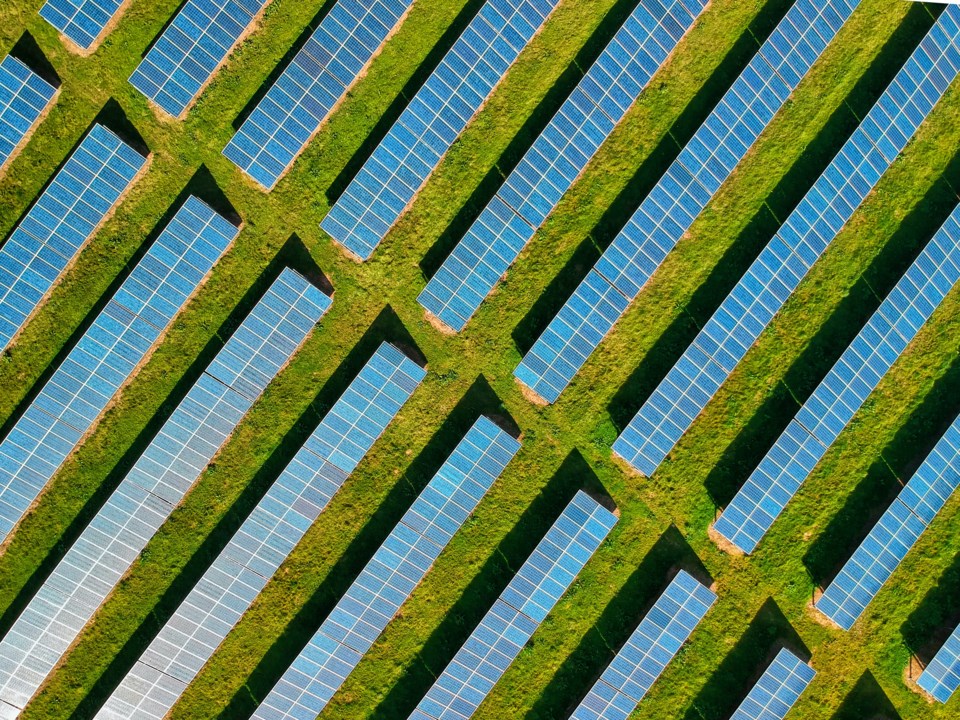The Longmont Leader accepts contributions, photos, letters to the editor, or LTEs, and op-eds for publication from community members, business leaders and public officials on local topics. Publication will be at the discretion of the editor and published opinions do not represent the views of the Longmont Leader or its staff. To submit a contribution, email [email protected].
I read with great interest the LTE in the Thursday Longmont Leader regarding electrical rates. Of course these rates are dependent on both how the Platte River Power Authority (PRPA) and the City of Longmont manage things. PRPA is doing a good job of transitioning to non carbon sources while maintaining reliable sources of carbon sources when needed. Their planning has allowed very significant savings by producing and buying less expensive non carbon energy when available.
The cost of non carbon has been declining significantly and challenges are being addressed.
Predicting demand must take into consideration population growth, energy requirements of new housing and commercial structures, demands from EV vehicles, and various efficiencies.
Several years ago the City of Longmont took energy efficiency very serious (I served on the Board of Environmental Affairs and thus paid a lot of attention).
The City replaced numerous electric motors etc with more efficient equipment and otherwise significantly reduced electricity demand in several ways and included this strategy in the design of new city buildings.
The city council also adopted a Green Building Permit Program for single homes which was later replaced by a national program.
The city also promoted a number of rebate programs and free home energy inspections as well as sources of energy savings information.
In recent years these programs have changed and are less enthusiastically promoted.
This year there has been discussion about alternatives to traditional air conditioners. For some homes evaporate coolers are much cheaper to install, especially window units, far less expensive to operate, and provide a more comfortable less dry atmosphere.
Heat pumps are very inexpensive ways to both heat and cool structures but the installation costs are out of reach for many.
Some cities are making significant efforts to cool at least some area of their cities. Planting trees is obvious. Midafternoon summer temperatures in neighborhoods with mature trees can be 10-15 degrees cooler than new neighborhoods with young trees and plenty of asphalt.
There are also controversial experimental studies with reflective asphalt.
The city should assign staff to find out what some of these other cities are learning.
Reducing demand is the other side of more efficient production.
Bob Norris



